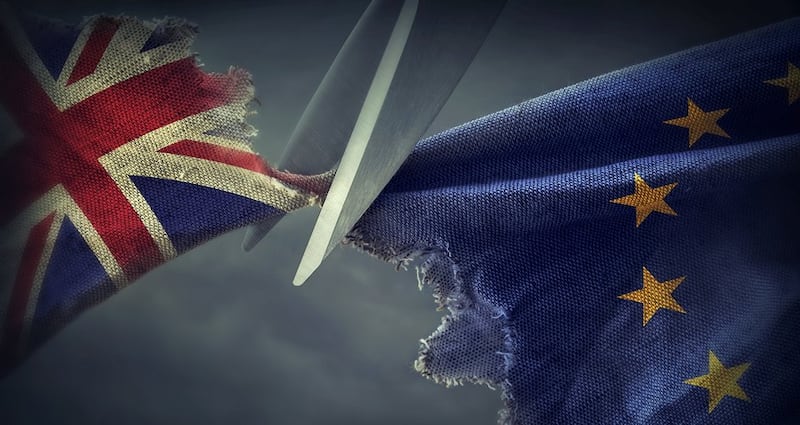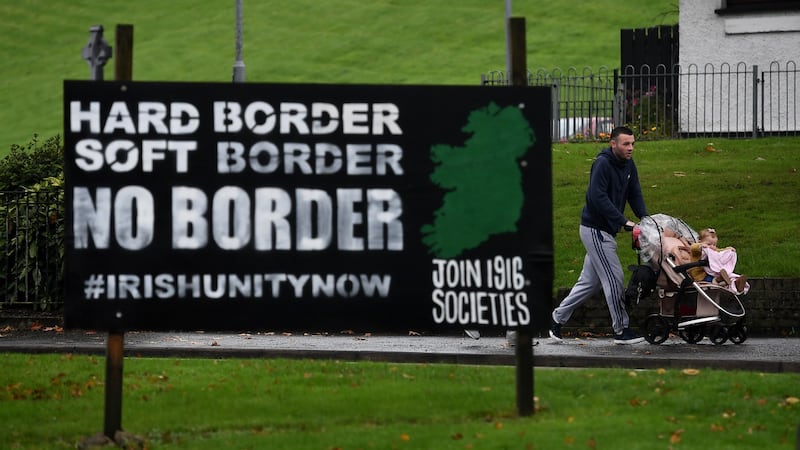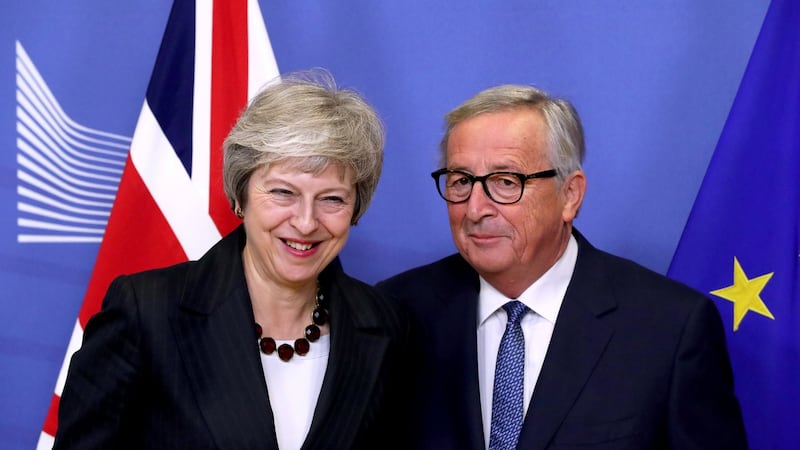We are only weeks away from March 29th, the date on which, at 11pm our time, the UK is due to leave the EU.
If you decided to tune out for the last few months, the good news is that you haven’t missed much, at least in terms of decisions. There has been lots of noise, but little clarity on what is going to happen.
It is still not clear whether the UK will leave the EU with or without a deal, or whether March 29th will, in fact, be Brexit day, or whether there will be some extension.


This was not the plan. The terms of which the UK were to withdraw were to all have been agreed by now.The failure – so far – to conclude the withdrawal throws everything up into the air.
The UK House of Commons has so far not approved the deal negotiated between the EU and UK, with British prime minister Theresa May’s government looking for concessions to try to get it through. Another vote on this is due on Tuesday and there are last minute attempts to agree changes which would allow more MPs to support the agreement.
Here are the key questions to be answered.
1 Will the UK leave the EU on March 29th?
This is very debatable. If there is some breakthrough in the talks and the House of Commons does approve the withdrawal agreement then more time will almost certainly be needed for the UK government to pass the necessary legislation. This could delay the exit by a couple of months – a so-called technical extension. But right now no route to Commons approval is evident and Theresa May is believed to be considering in what form Tuesday’s vote will be put to the Commons.
If there is no breakthrough, then the UK may ask for an extension of the article-50 process – the rules for a country leaving the EU. The suggestion is that it could ask for an additional two or three months. This would have to be agreed unanimously by the EU side, which may look for some indication of how the UK hopes to break the deadlock. In other words, they will not want to give an extension just for the sake of it. There have even been suggestions that some EU states favour a longer extension. There has as yet been no formal EU discussion on this as no request has been made by the UK.
If no extension is granted, and no withdrawal agreement is finalised, then the UK will leave on March 29th with no deal. It is also possible that an extension in the UK’s leaving date is agreed, say until the end of June, and failure to reach a deal in the interim leads to a no-deal exit at that stage.
In short, pretty much anything can still happen.
2 What is the difference between an exit with a deal and one without?
If a withdrawal agreement is finalised then once the UK leaves it would enter what is called “a transition period”, lasting until at least December 2020, with a possible extension of up to two years.
It would have left the EU, but existing arrangements would remain in place, meaning not much would change. This would be to give time to work out what would happen next in terms of trade and other relationships between the EU and UK. So an exit with a deal would still leave a lot to be worked out, but would mean little practical change in the short term – except that the UK would no longer participate in EU institutions.
For Ireland it would remove the immediate economic threat and also the huge political problems which a no-deal would cause, particularly in relation to the Border.
A no-deal exit, on the other hand, would sever the UK’s links with the EU overnight. This would create immediate upheaval in areas such as trade, with potential delays in ports in France, the UK and Ireland in particular, as new customs and regulatory checks are introduced overnight.
These delays would ease as new procedures are worked out. But other impacts would be long-lasting and serious. Irish exporters would face new bureaucracy and, in some cases, tariffs, making it harder to sell into the UK market. Parts of our food industry, particularly the beef sector, could be priced out of the UK market overnight, or face new competition from low-cost producers in South America.
Tariffs on goods coming in here from the UK would push up prices, particularly in areas such as consumer foods. The Central Bank has said that a no-deal Brexit could cost out economy 4 per cent of GDP in the first year.

A no-deal exit would also lead to immediate pressure on the Irish Government to check goods passing through the Irish Border and thus into the EU single market. The Government has said that, in the case of a no-deal Brexit, urgent talks would be needed with the EU and UK to avoid this. Ireland might be given some leeway, but it is not clear how border checks could be avoided under EU rules. The UK is unlikely to agree to the alternative – checking goods as they cross the Irish Sea – as this has been a key point in dispute in the talks.
The potential chaos and uncertainties of a no-deal Brexit have led everyone to assume a way will be found to avoid it. So far this has not happened.
3. What happens next?
The House of Commons is due to vote on the withdrawal agreement again on Tuesday. The UK government had promised the vote will go ahead. Theresa May is seeking to negotiate last minute changes, heading to Strasbourg on Monday evening. If the existing withdrawal agreement is passed, at some stage, then the UK leaves with a deal and enters the transition.
If the Commons does not approve the withdrawal agreement, then two further votes have been promised. Again it remains to be seen how this plays out, if prime minister changes her approach on the first vote.The first, due on Wednesday, would be on whether MPs support a no-deal exit. The second would be on whether they support an extension to the article 50 process. A majority against a no deal would be expected. MPs might be expected to support an extension, though it remains to be seen whether agreement can be found on how long they want it to last.
The EU side has to agree to an extension of article 50 – unanimously. And so just because the Commons supports it does not mean it will happen, certainly without some conditions attached, or with EU input into how long it lasts. This could all come to a head at the EU Summit on March 20th-21st, just over a week before the date Brexit is due.
Talk about cutting it fine.
4. And what are the key issues in the talks?
It has come down to one thing: the backstop.
This is the measure designed to guarantee that whatever the outcome of future trade talks between the EU and UK, a hard border will never return on the island of Ireland.
Opposition has grown to the backstop plan among Conservative MPs and the DUP, despite changes to the original proposal during negotiators. Crucially, the UK attorney general Geoffrey Cox has ruled that the UK might not be able to escape from this arrangement and political opposition has focused on the risk of being " trapped" in the backstop. MPs oppose this because it would leave the entire UK in a customs union with the EU and the North even more closely aligned with the EU, with no guarantee on when this might end. Under an alternative plan, just the North would remain aligned, but this, too, is opposed.
So the talks in Brussels and now Strasbourg have focused on trying to provide some reassurances to the UK that the EU does not intend the backstop to be permanent, and ideally hopes it will never have to be used. However, while the EU side is willing to provide statements of intent,and legal guarantees on how an arbitration process would work, the UK is still seeking something which would effectively allow it to decide itself to leave the backstop or put some time limit on it. Crucially, Attorney General Geoffrey Cox needs to be able to change his earlier advice that the UK could remain stuck indefinitely in a customs union with the EU.
The EU side argue that the whole point of the backstop is that it stays in place unless and until some other way is found to avoid a hard Irish border.
And so the conversation has gone around in circles. As the countdown continues, there is one last attempt underway to try to find a way forward. It remains to be seen if it is enough.









